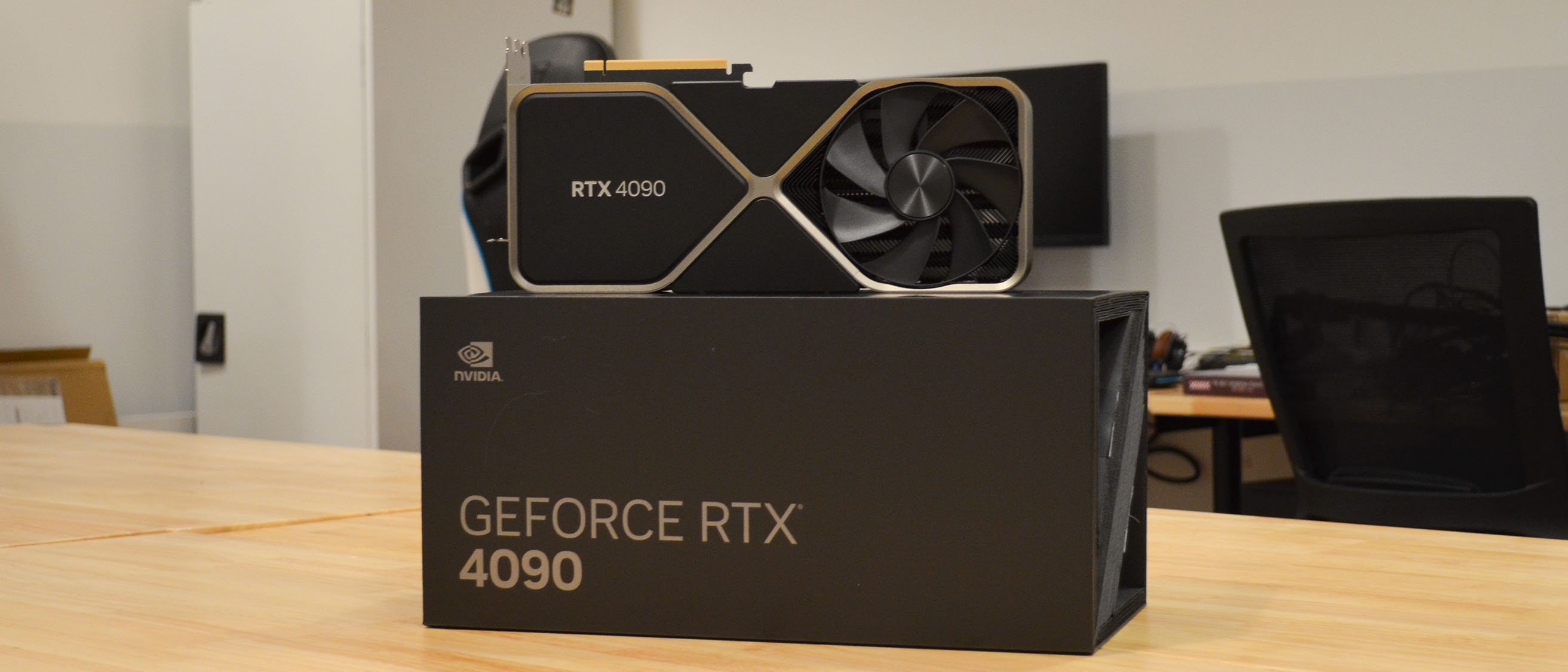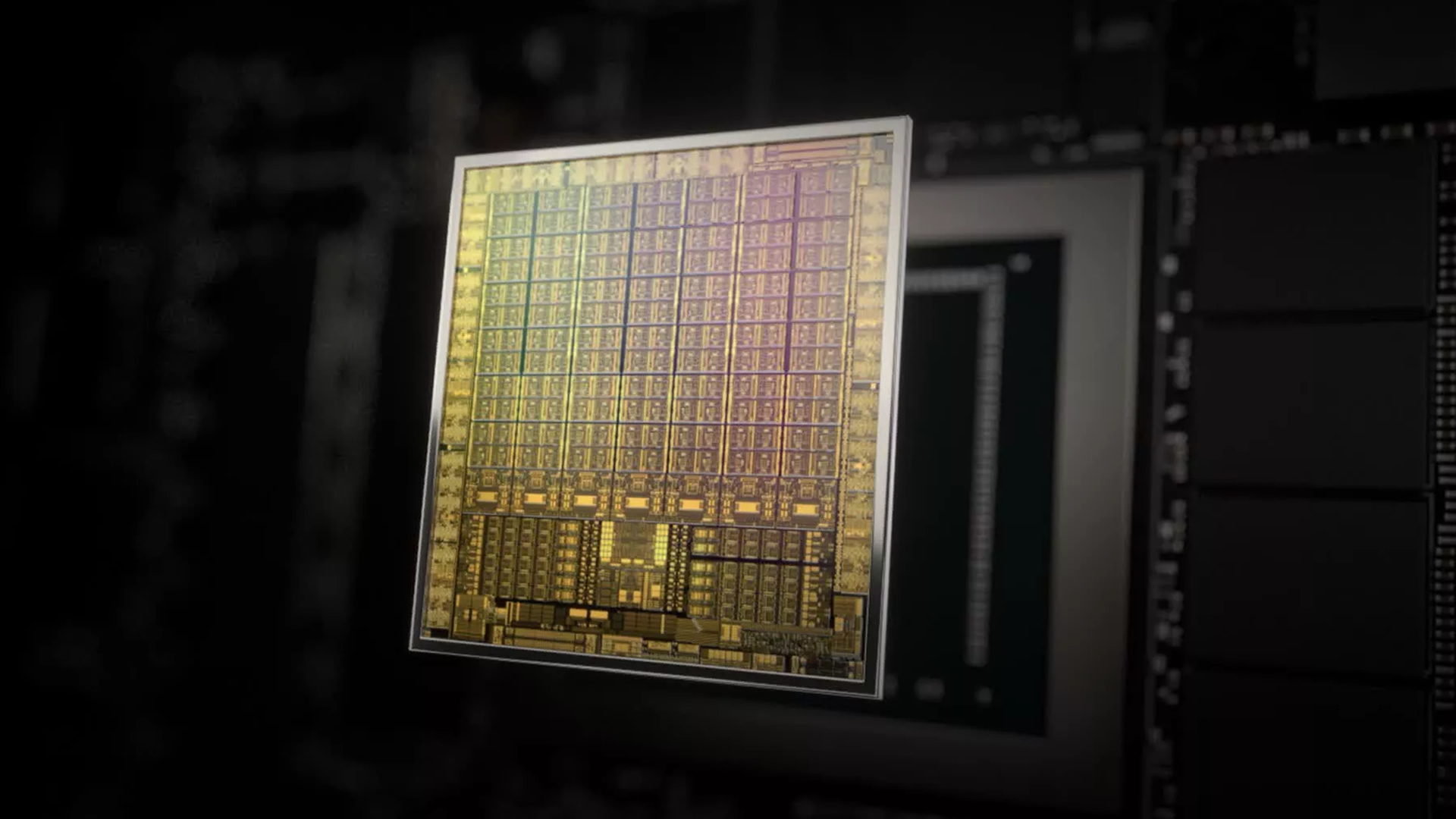Nvidia GeForce RTX 40 series - everything we know
Here's everything we know so far about the next generation of GPUs

Nvidia's latest generation of GPUs, the GeForce RTX 40 series, is here! With the 4090, the 4080, and the 4070 Ti already on the shelves, it's clear that the latest and greatest cards have taken massive leaps and bounds beyond what we know is capable from the 30 series.
Although the chip shortage and the GPU drought from the last few years is officially over, people are clambering over one another to get the new-gen boards. For this reason, online storefronts are competitive, so it's good to be in the know with what's on offer. The best graphics cards for gaming don't exactly come cheap, but the amount of value on offer in the new generation is pretty astounding.
For example, the upcoming RTX 4060 Ti is said to deliver the performance of the 3070 for under $500. This seems to be the case with each new GPU - and not only does it make the 30 series cards (that have been considered gold dust until very recently) look very silly, but it means the newer generation offers incredible power for playing your favorite games. We recently reviewed the RTX 4090, and it immediately, without a shadow of a doubt, became our top GPU pick.
Below, you'll find everything we know about the RTX 40 series. We're mainly going to focus on the upcoming cards that are yet to be released, but you'll find a range of information about the GPUs that have just hit the shelves too. We're currently working on reviews of the 4080 and 4070 Ti, so stay tuned for more hands-on experiences about them. Without further delay, let's get you up to speed with all the latest whispers and release dates, as well as those all important price tags.
What is the release date for the RTX 40 series?
The flagship RTX 4090 and 4080 launched back in late 2022. The 4070 Ti was the next card to be officially confirmed and announced, and it launched on January 5th of 2023.
Still to come, are the assumed (but not officially confirmed) 4070, 4060 Ti, 4060, and 4050 boards. We expected the 4070 to get the reveal treatment at CES 2023, but instead, it was the 4070 Ti. This is essentially the 4080 12GB model that was expected to arrive, but never did.
As for the remaining cards that are more entry-level (we say more because they're still incredibly powerful compared to what we've considered entry-level up until this point), we aren't entirely sure about release dates yet. If an ECC listing is anything to go by, the 4060 and 4050 could launch sooner than expected. Given past experience, many expect the staggered release of the 40 series to be slower. The 30 series took two years to release fully, although this was amidst a pandemic in which manufacturing was a nightmare, and demand was at an all time high. So far, the 40 series has been releasing fairly quickly, so we'd roughly estimate the following:
Weekly digests, tales from the communities you love, and more
RTX 4070 - March
RTX 4060 / 4060 Ti - April or May
RTX 4050 - July
Keep in mind that those dates are speculated, and aren't confirmed. Once we have officially launch dates for all of them, we'll be sure to update this page.
What will the RTX 40-Series price be?
While we don't have confirmed prices for the upcoming cards, we do have some ideas as to the prices we can expect from them.
For starters, the 4090 costs $1,599 / £1,679, the 4080 costs $1,199 / £1,269 and the 4070 Ti costs $799 / £799. We do know that the 4060 Ti is set to offer 3070 performance for under $500, so we can use that as a potential reference point for what's to come.
An RTX 3060 will set you back, give or take, $350-$400. So we'd expect the 4060 to be around $400-450. The 3050 is priced at around $300, so it's not impossible the 4050 will be around the $350-400 mark.
Given that so far, the 40 series is aiming to offer a step up in performance for each of their cards, but offer better value for money, we can expect the price tags to be fairly reasonable.

How much more powerful is the RTX 40 series?
Each 40 series card is substantially more powerful than its 30 series predecessor. This is mostly to do with Nvidia's new Lovelace architecture. You can see the boost in performance this architecture brings by looking at the table below, where we've compared the 4080's specs with that of the 3080.
| Header Cell - Column 0 | Nvidia GeForce RTX 4080 (16GB) | Nvidia GeForce RTX 3080 (12GB) |
|---|---|---|
| NVIDIA CUDA Cores | 9728 | 8960 |
| Boost Clock | 2.51 GHz | 1.71 GHz |
| Memory Size | 16 GB | 12 GB |
| Memory Type | GDDR6X | GDDR6X |
| Ray Tracing Cores | 3rd Gen | 2nd Gen |
| MRSP / RRP | $1269 / £1269 | $699 / £649 |
This increase in power is also down to updated features, like an upgraded DLSS 3.0 which improves upon the AI pixel generation we've come to know and love from DLSS 2.0. DLSS 3.0 is a deep learning super sampling tech that now means entire frames can be predicted. This offers a serious performance boost in terms of resolution and frame rates that otherwise wouldn't be possible. Thanks to DLSS 3.0, Nvidia claims gamers will see a 2x increase in fps rates, and a 4x increase in games that use ray tracing.
What is Lovelace architecture?
Lovelace architecture is Nvidia's new form of microarchitecture for GPUs that succeeds Ampere architecture. Nvidia says Lovelace has been designed "to deliver outstanding gaming and creating, professional graphics, AI, and compute performance." It was named after Ada Lovelace, a mathematician who is often considered to be the world's first computer programmer.
Manufacturing innovations and materials research enabled engineers at Nvidia to use 76.3 billion transistors and 18,432 CUDA Cores to build a GPU that's able to run at speeds of over 2.5 GHz. Despite a lot of pre-launch chatter that the new generation would be more power-demanding, Nvidia managed to massively increase power and efficiency while also maintaining the same 450W TGP as the 3090 Ti. Beyond this, Nvidia is also using a new Ada RT Core for more efficient ray tracing, as well as a method of reordering shader execution.
Get your setup ready for Lovelace with the best gaming monitor, best gaming keyboard, and best gaming mouse.
One of my earliest memories is playing SuperMario64 and wondering why the controller I held had three grips, but I only had two hands. Ever since I've been in love with video games and their technology. After graduating from Edinburgh Napier University with a degree in Journalism, I contributed to the Scottish Games Network and completed an Editorial Internship at Expert Reviews. Over the last decade, I’ve been managing my own YouTube channel about my love of games too. These days, I'm one of the resident hardware nerds at GamesRadar+, and I take the lead on our coverage of gaming PCs, VR, controllers, gaming chairs, and content creation gear. Now, I better stop myself here before I get talking about my favourite games like HUNT: Showdown, Dishonored, and Towerfall Ascension.
- Aleksha McLoughlinHardware Editor
- Jasmine MannanHardware Editor


